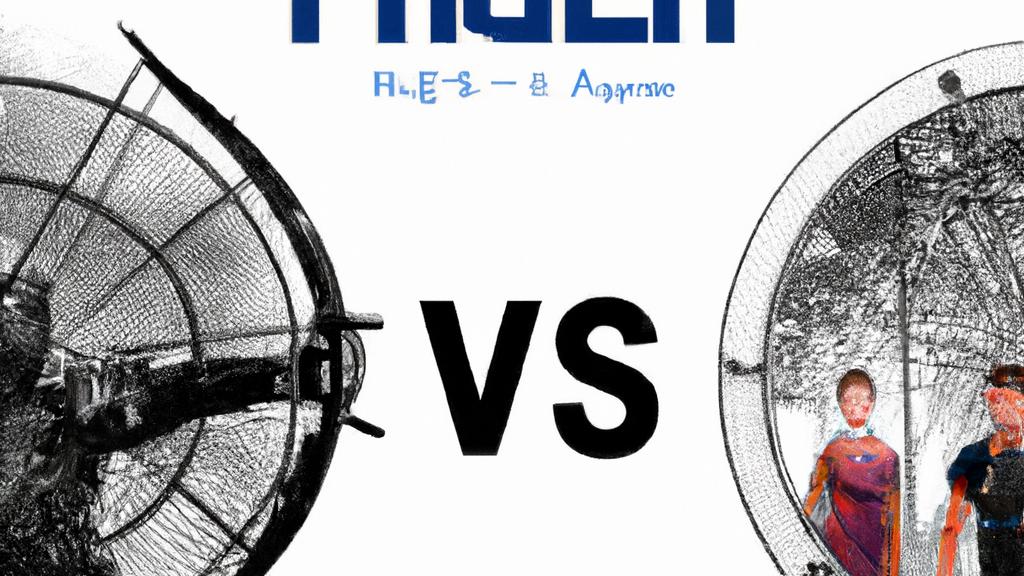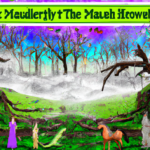
Introduction: Hunger Games and Battle Royale
The world of books and cinema has been fascinated with dystopian scenarios for ages, not because they offer a respite from reality, but because they’re frighteningly plausible. Among all the stories prompting us to consider whether humanity is worth saving, The Hunger Games and Battle Royale stand out. Both works follow teenagers forced to compete in a death match within a predefined arena for various reasons, and both have made a significant impact in their respective countries. While the two seem almost identical on the surface, there are several dissimilarities that make them unique in their right. So, let’s delve into these two post-apocalyptic worlds and find out what sets them apart.
Plot: Differences and Similarities
At the heart of any enthralling story, there must exist a well-crafted plot that resonates with the audience, and both The Hunger Games and Battle Royale deliver on this front. However, the significant discrepancy between the two is their approaches to narrating the story. The Hunger Games franchise spans four books and movies, covering the initial stage, the aftermath, and the eventual rebellion against the Capitol. In contrast, Battle Royale is a standalone piece of literature with a simple aim, i.e., survival of the fittest within forty-two hours. While the former deals with the various factions, politics, and stakeholder interests, the latter focuses on the tension and interpersonal conflict between the students. However, they both share a common thread of intense action, constant suspense, and brutal violence, making them some of the most celebrated works of dystopian literature.
Characters: Personifications of Ideology
The strength of any story stems from its characters, and both Hunger Games and Battle Royale feature a diverse cast of personalities whose actions and decisions steer the plot. However, each work’s characters embody vastly different ideologies and beliefs, reflecting the cultural and historical issues surrounding the author’s origin. In The Hunger Games, Katniss symbolizes rebellion against oppressive regimes and the strength to subvert power and oppose injustice. In contrast, Battle Royale presents a group of Japanese high school students forced to choose between camaraderie and self-interest, reflecting the prevalent theme of collective identity versus individualism. These differences are further portrayed by using different character archetypes in both works, such as the mentors and sponsors in Hunger Games and the military personnel in Battle Royale, contributing to an unforgettable reading and viewing experience.
Themes: Life, Death, and Society
One of the reasons dystopian literature resonates with modern-day readers is because it offers a reflection of their world, highlighting the challenges and prospects of an uncertain future. In both The Hunger Games and Battle Royale, the broader perceptions of life, death, and society are explicated in various ways, revealing the authors’ perspectives on these issues. In Hunger Games, society is divided into districts, each with its unique culture and identity, showcasing the dangers of the pursuit of absolute control and social engineering. On the other hand, Battle Royale projects a world controlled by the Japanese puppet government and the consequences of political complacency. The recurring motif of life and death is also prevalent in both works, with characters grappling with the morality and justification of their actions in life-threatening situations. Ultimately, the themes present in both works resonate with readers and urge them to participate in shaping their societal norms.
Conclusion: Pros and Cons
As with any story, both The Hunger Games and Battle Royale offer their merits and demerits, providing readers and viewers with different experiences. One significant advantage of The Hunger Games franchise is the relatively developed and broader world, offering an in-depth understanding of the story’s context and setting. Furthermore, it features a relatable and strong female protagonist, making it an excellent portrayal of feminism for young adults. In contrast, Battle Royale’s brevity and singular focus on the survival game give it an edge on pace and urgency, providing an immersive and thrilling reading experience. Despite its brutality, the narrative offers relatable dilemmas, and the element of surprise keeps the reader invested from start to finish. Ultimately, both works leave a lasting impression on their audience, forcing them to confront the many issues facing modern society, such as systemic oppression, morality, individual vs collective identity, and the role of government.







